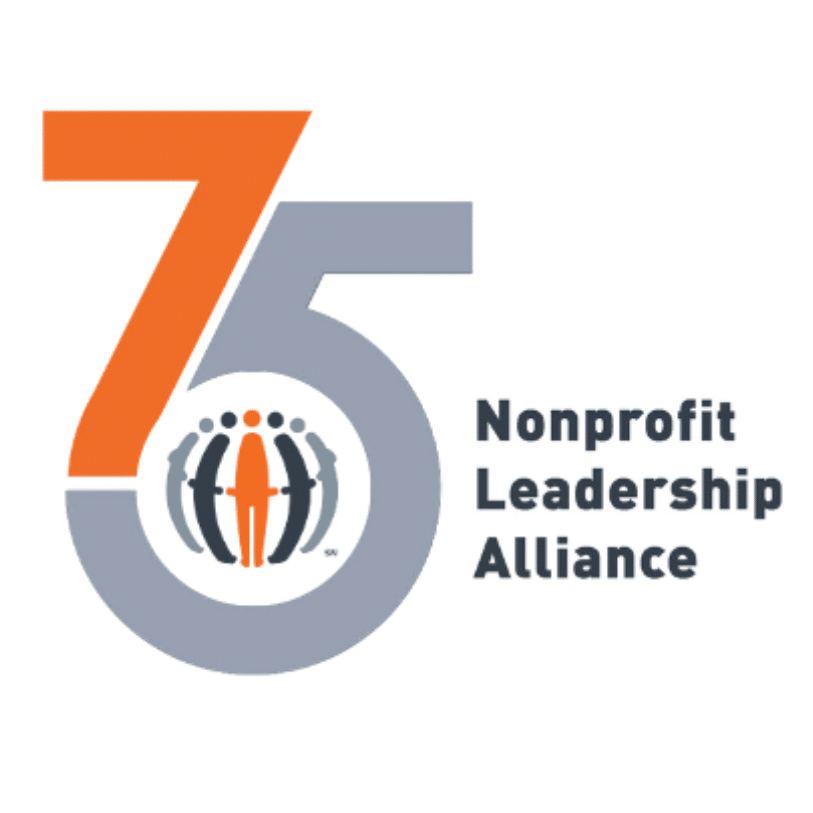Identifying prospective donors is a crucial first step toward building a successful fundraising program. But with so many potential donors out there, how do you know where to focus your efforts? The answer lies in data.
With data analysis tools and techniques, your nonprofit can approach prospect research strategically, allowing you to target the right people and build meaningful relationships with them over time.
In this guide, we’ll explore how nonprofits can use data to identify and engage prospective donors, leading to increased funding. Whether you’re starting a major giving campaign, expanding a planned giving program, or hosting a fundraising gala, these strategies will be the key to your success. Let’s get started!
1. Conduct a data append
With complete and accurate data, nonprofits can get to know donor prospects on a deeper level and make informed decisions about their outreach strategies. If you’re missing data, whether it be about current or prospective donors, consider investing in a data append service.
AccuData defines data appends as the process of using third-party sources to update and add the following information to your database:
- Contact information: A data append can provide updated contact information, including phone numbers, email addresses, mailing addresses, and social media handles, which improves your ability to connect with and engage potential donors.
- Demographic and psychographic insights: Age, gender, income level, interests, and lifestyle preferences can help you better understand and segment prospects, allowing for more targeted and personalized communication.
Store this data under comprehensive donor profiles. Then, refer back to these profiles to identify prospective donors with similar characteristics, tailor fundraising strategies based on their interests, and prioritize cultivation efforts for maximum effectiveness.
2. Review wealth indicators
When it comes to fundraising, you can’t afford to waste precious time and resources appealing to people who are unlikely to give. To identify prospective and existing donors with the greatest capacity to donate, conduct a wealth screening.
Wealth assessments use public record data, proprietary philanthropy databases, and data-driven algorithms to determine an individual’s potential for future giving based on their:
- Income
- Business affiliations
- Stock holdings
- Property value
- Political contributions
While this information is most commonly used to identify potential major donors, you may also find that a donor’s workplace offers a matching gift program or that they have the capacity to become a mid-level monthly donor. You can then use this information to tailor donation appeals and drive sustainable support to your nonprofit.
3. Collect philanthropic data
According to Double the Donation’s guide to prospecting, a wealth screening alone is not enough to fully understand a donor’s propensity to give. As such, it should be used in conjunction with philanthropic research.
Philanthropic data paints a more complete picture of potential donors, helping nonprofits identify their willingness to give based on:
- Their giving history to your organization and others
- The types of causes or issues the prospect has supported
- Their involvement in fundraising, volunteering, community events, and nonprofit leadership
Prioritize individuals who have a history of supporting causes similar to your own and tailor your messaging to align with their interests. For instance, an environmental nonprofit might reach out to the supporter of a similar initiative with the following message: “As a key supporter of the clean water movement, we are confident that you share our values for making a positive impact on the environment. Would you be willing to extend that passion to our tree planting initiative with a $100 donation?”
4. Leverage relationship mapping
Chances are your current supporters have a network of friends, family, and peers who would be willing and able to give to your cause. To identify and leverage these connections, collect data through relationship mapping.
Use these steps to inform the relationship mapping process:
- Survey current supporters. Send board members, staff, donors, and volunteers a questionnaire about their education, work history, and hobbies. Then, ask if they have any connections from these experiences who would be able and interested in giving.
- Use digital tools. Once you have a list of connections, do a quick Google search of each prospect’s name to review articles that have been written about them, their publications, and social media activity to confirm that they’re worth pursuing.
- Visualize the network. Create a visual representation of personal relationships, professional affiliations, or shared interests through a diagram. This will help you easily identify high-value connections and inform your outreach.
At the end of the exercise, reach out to your list using the information you gathered in the steps above.
Here’s a template to get you started:
“My name is [Your Name] and I am the [Your Position] at [Nonprofit Organization Name]. I see that [Current Supporter’s Name] is a mutual connection of ours.
I wanted to take a moment to introduce our organization and share more about our mission to [XYZ]. Our work could not be possible without the generous support and partnership of donors like you.
I would love to learn more about your experiences with [Nonprofit Cause] and discuss ways that we can work together to support this important work. If you are available, I would be happy to set up a time to chat more over the phone or via email.”
Using data to identify prospective donors is a vital aspect of fundraising for any nonprofit organization. For the best results, keep a pulse on emerging technology and data analysis tools. Doing so will help you optimize your prospect research process and build relationships that succeed well into the future.
